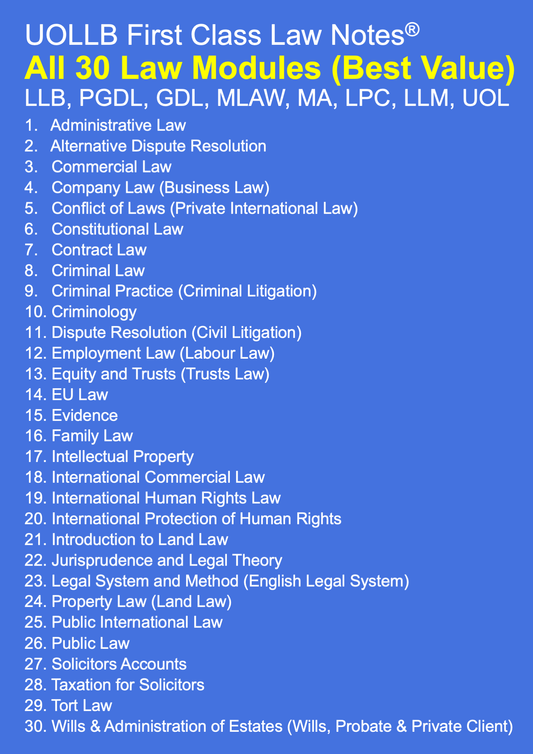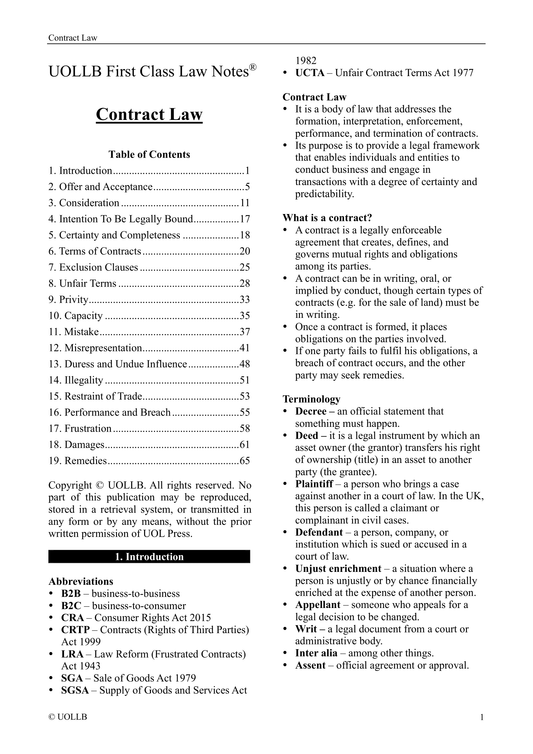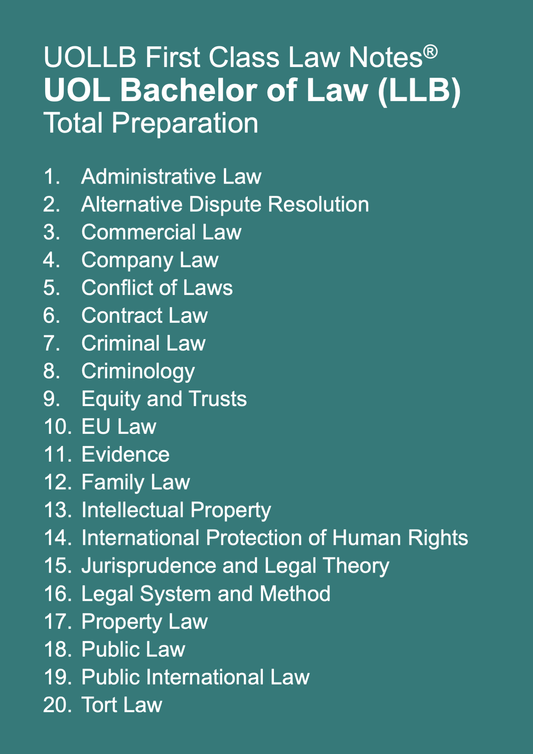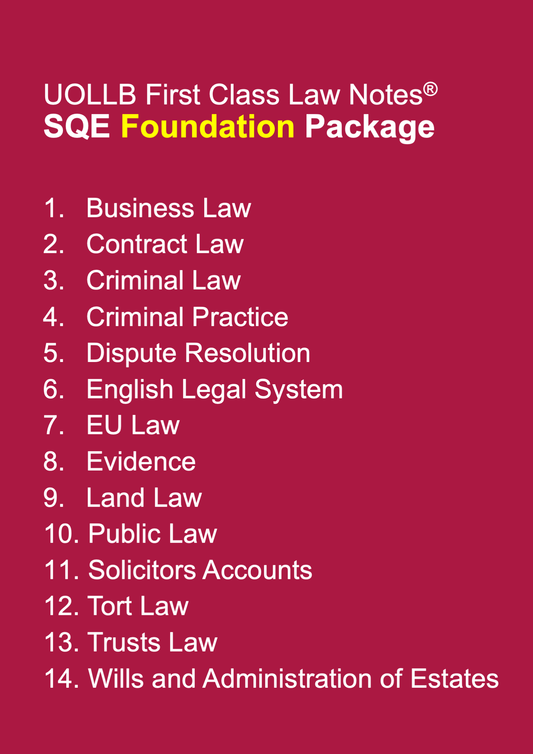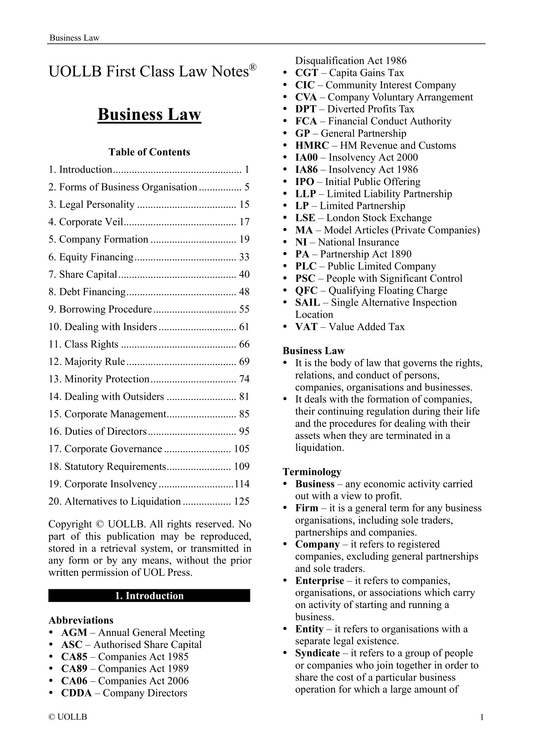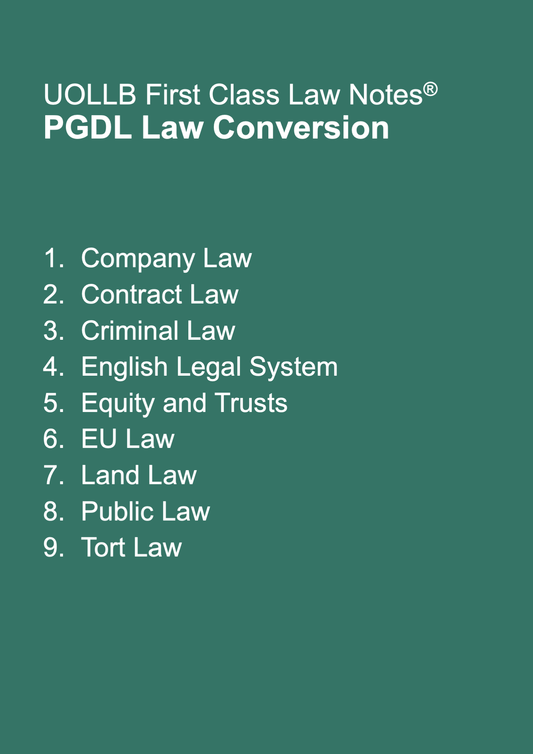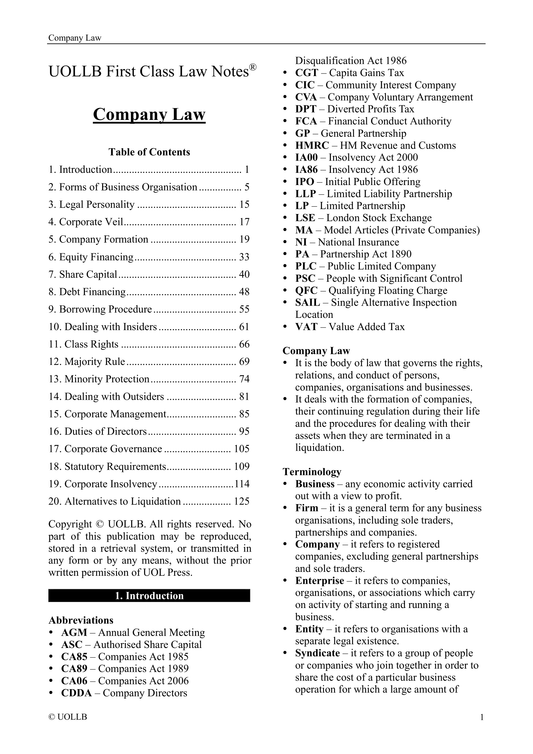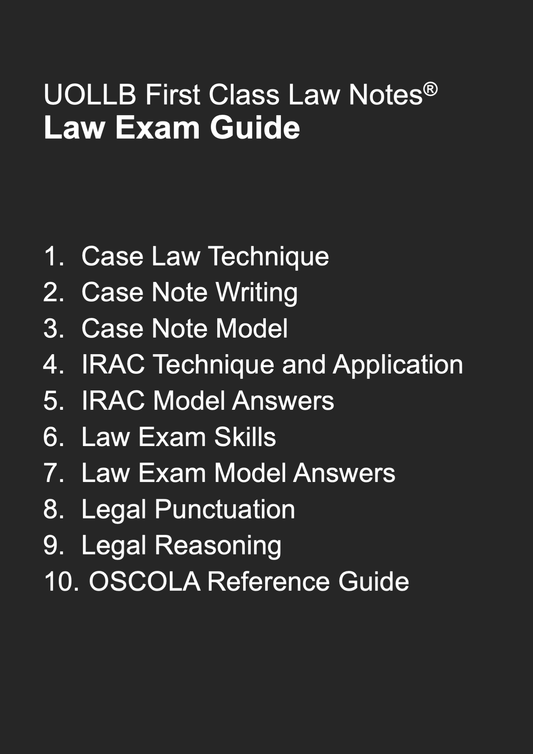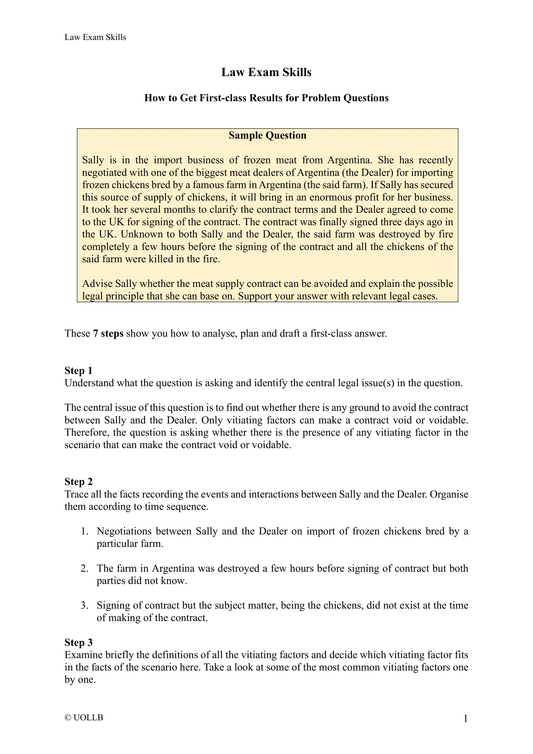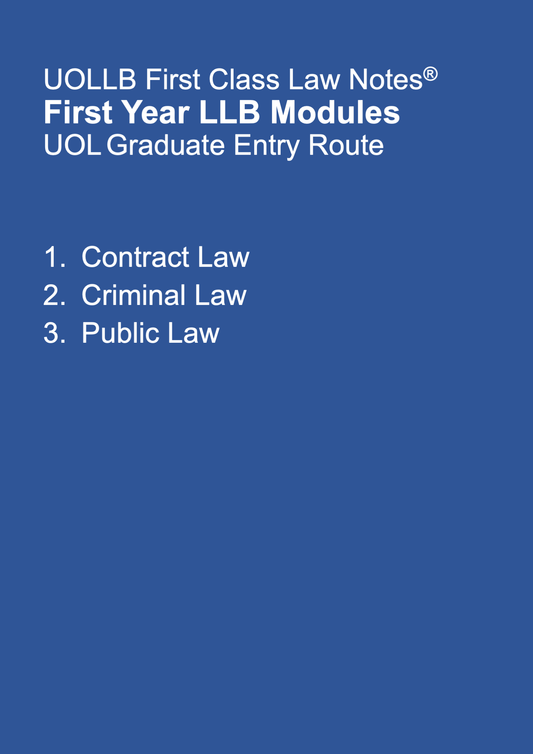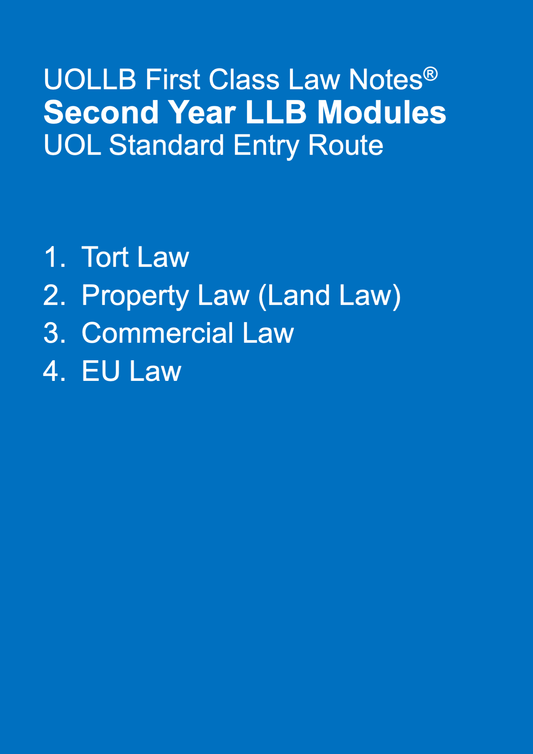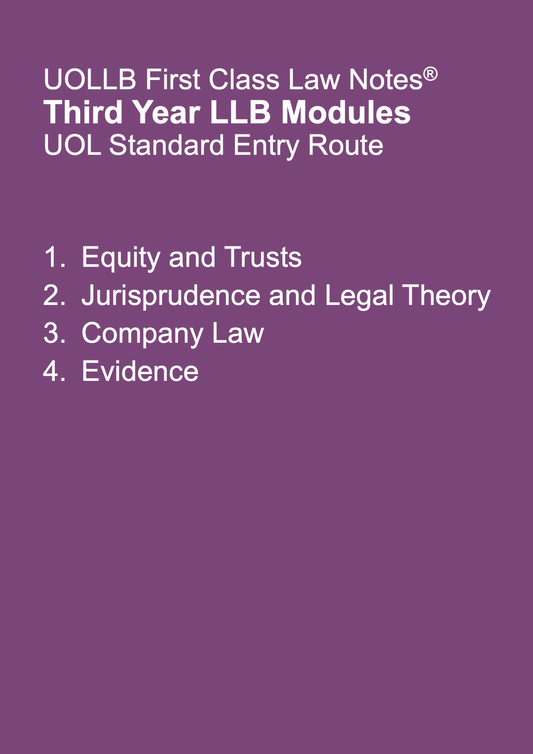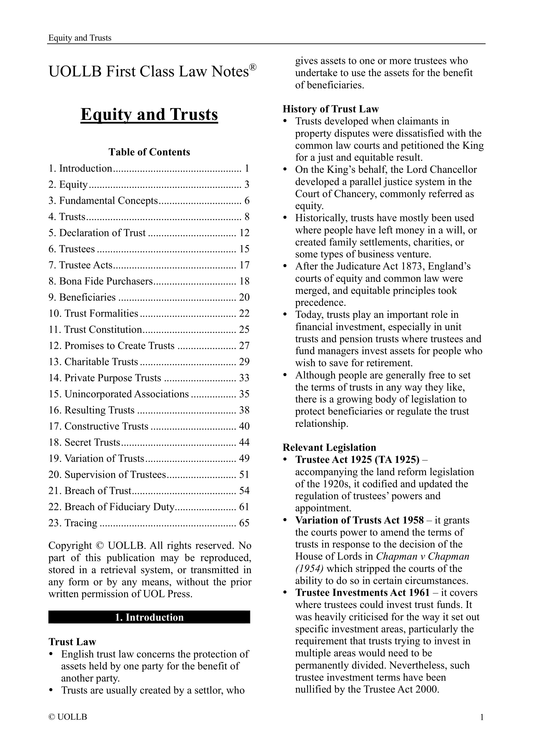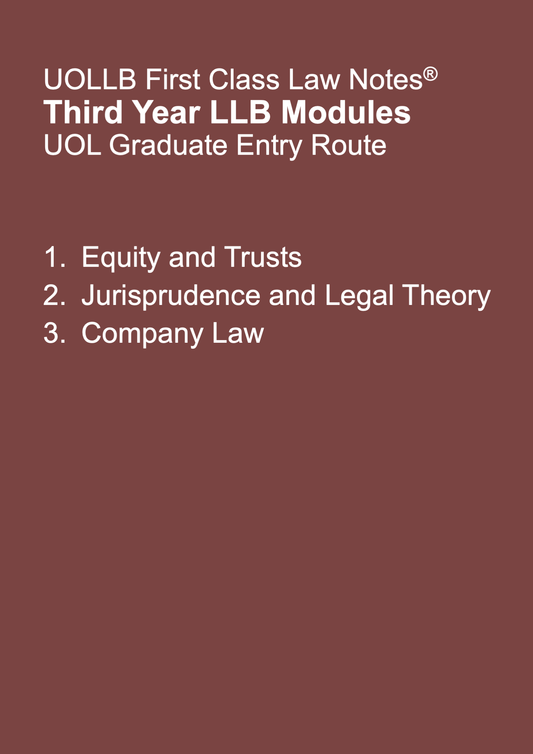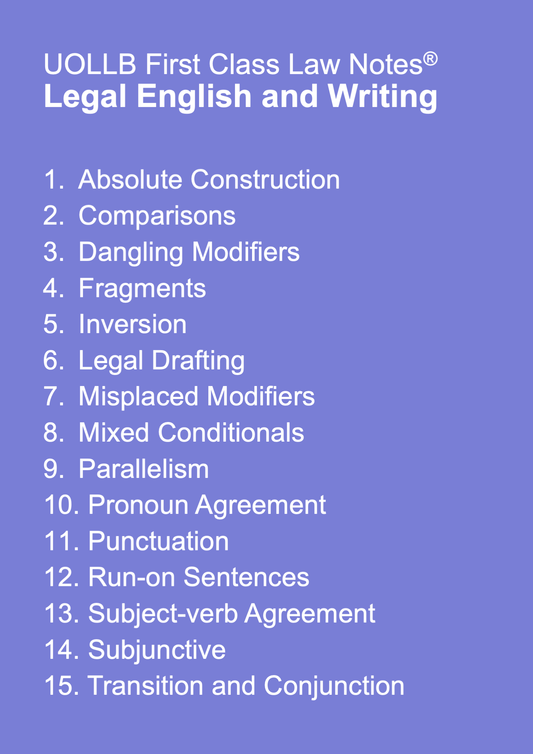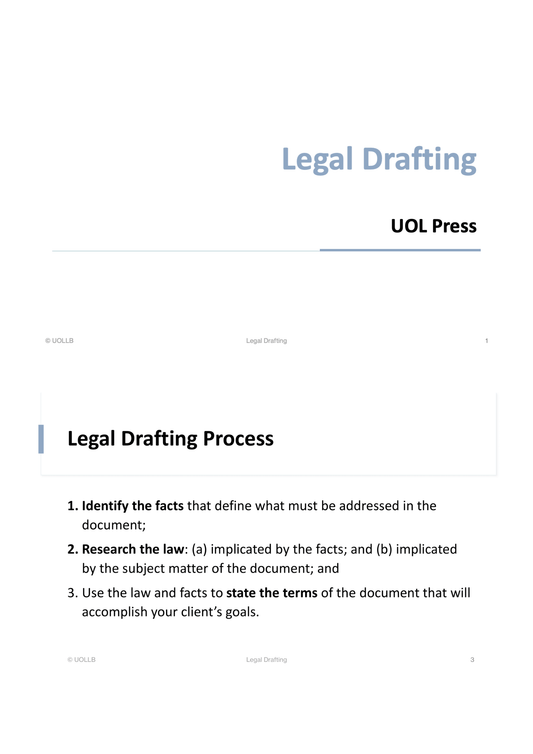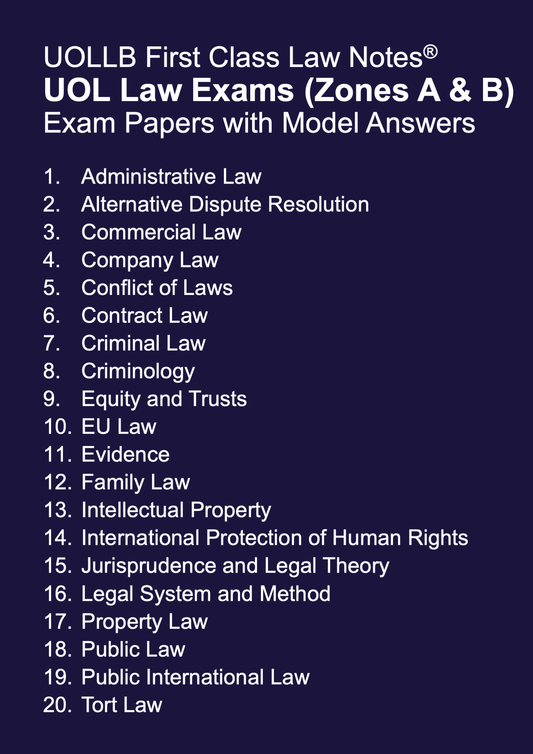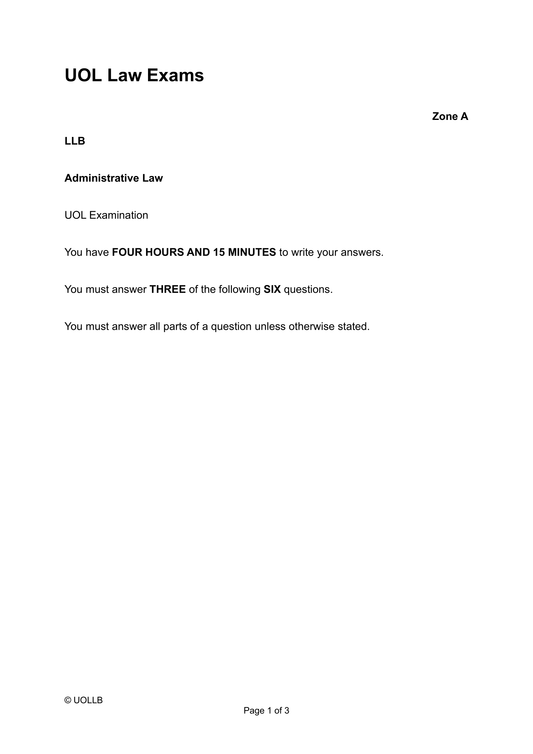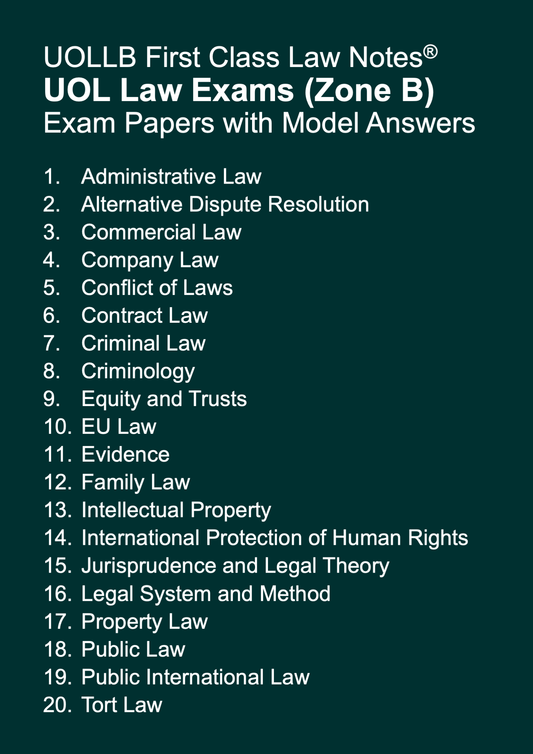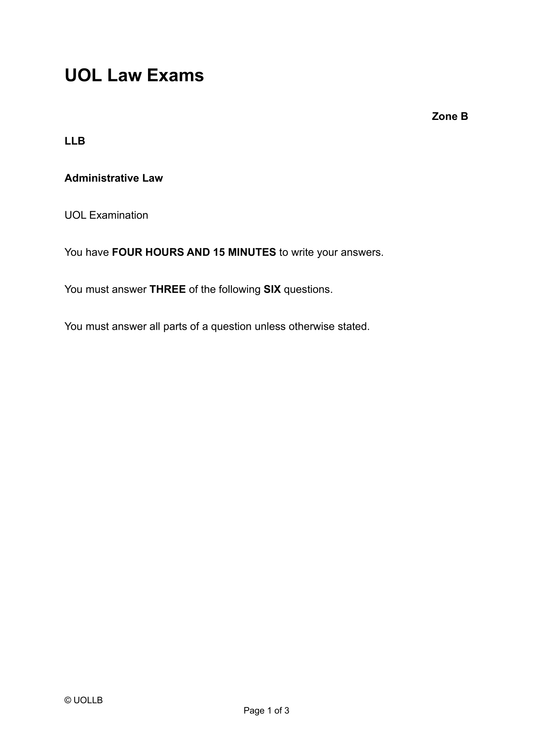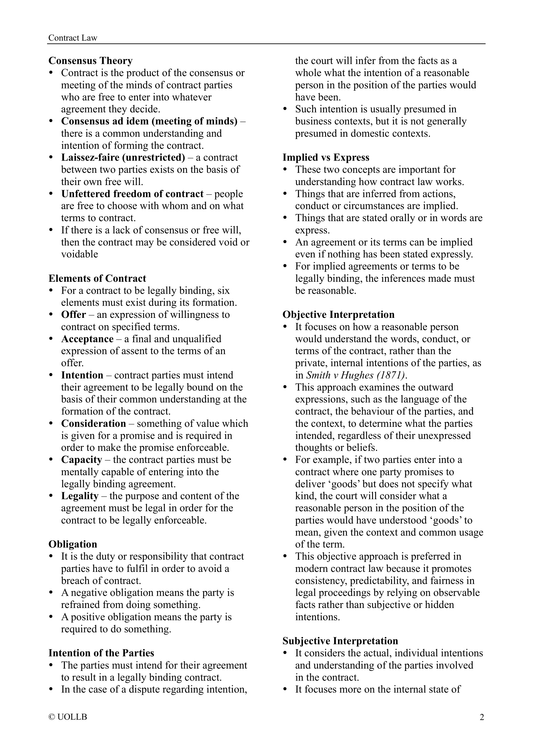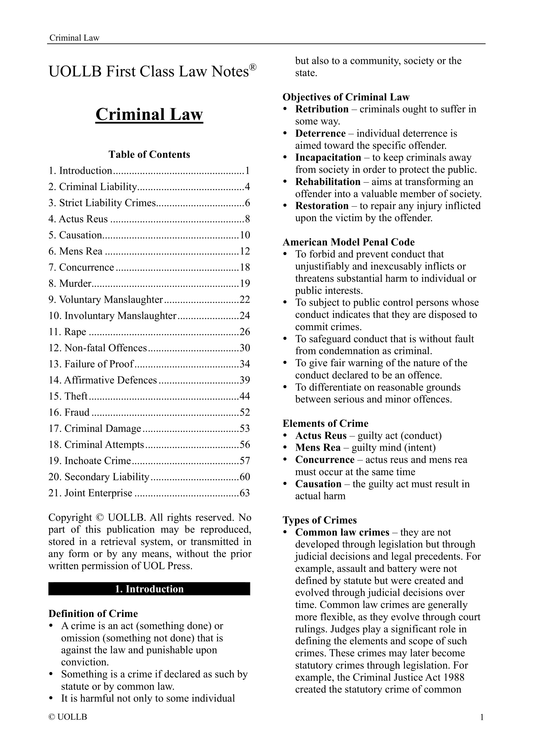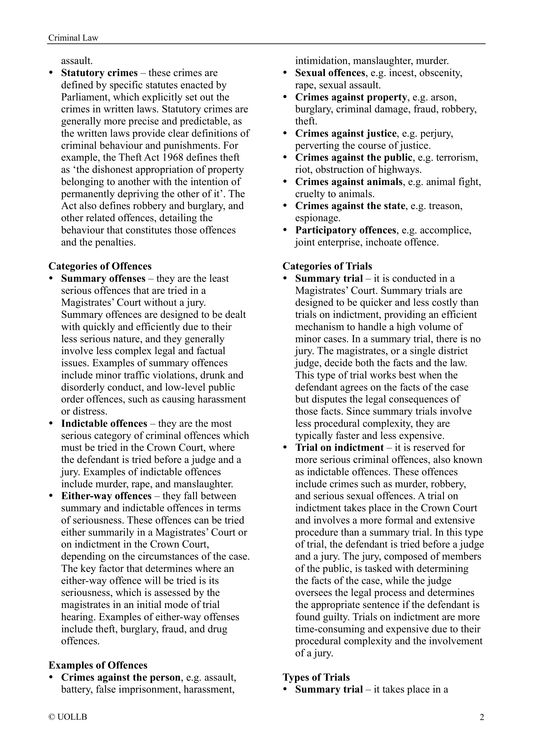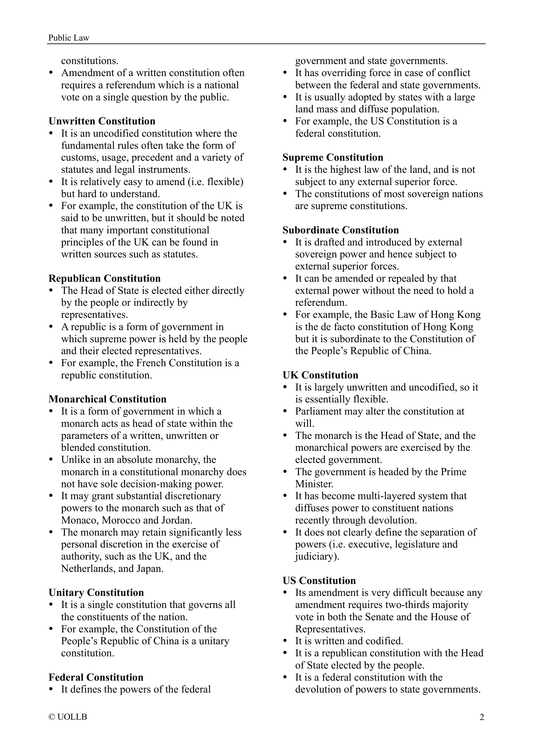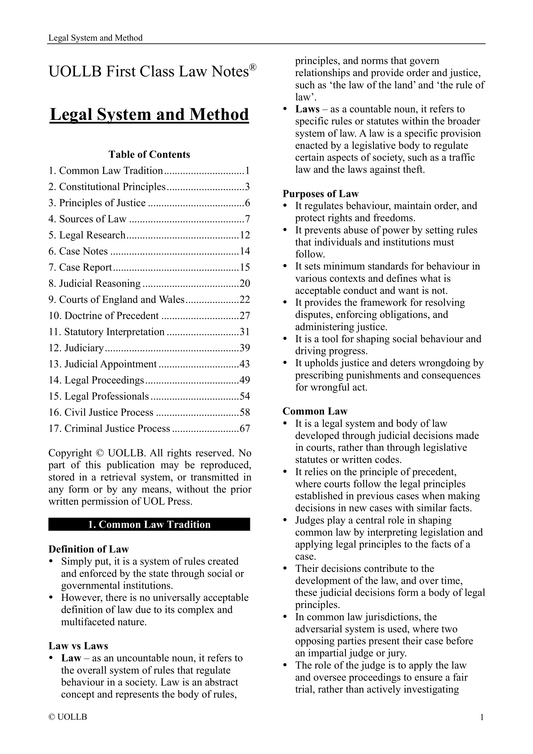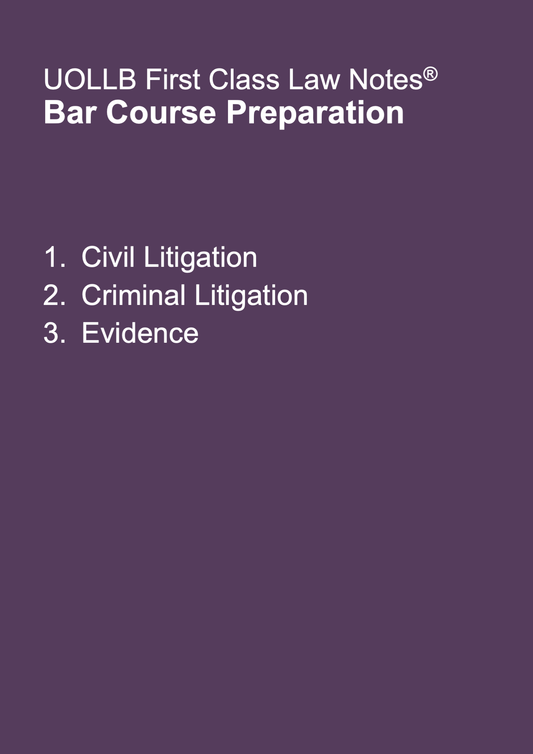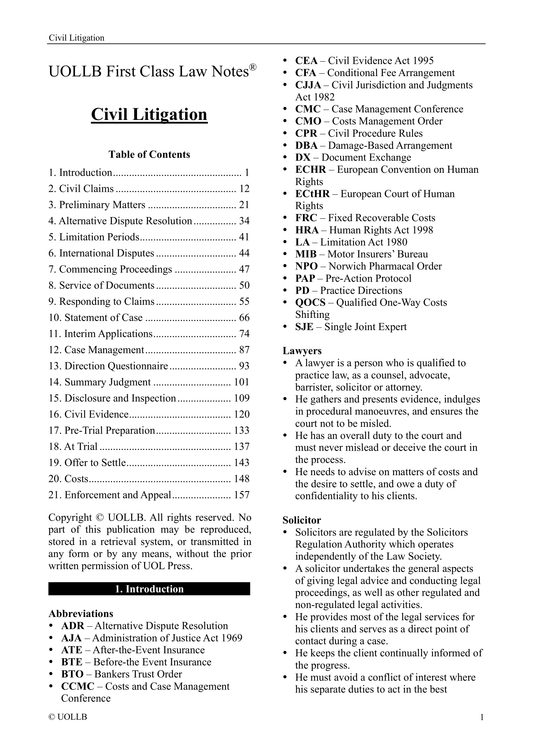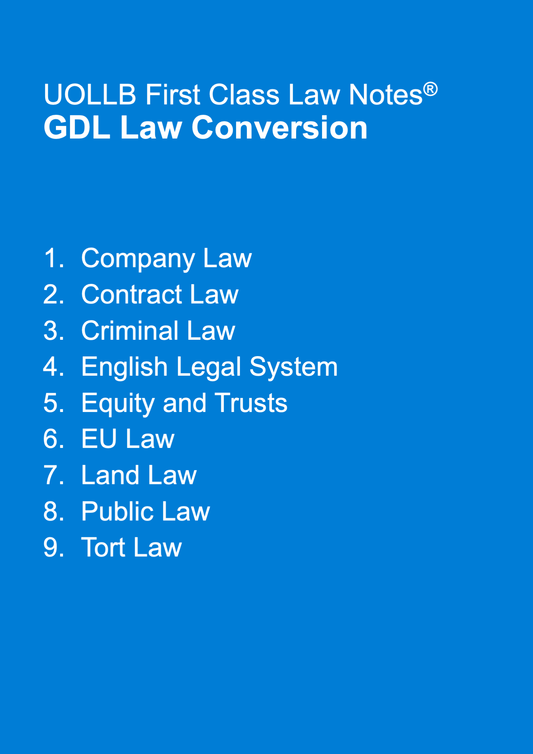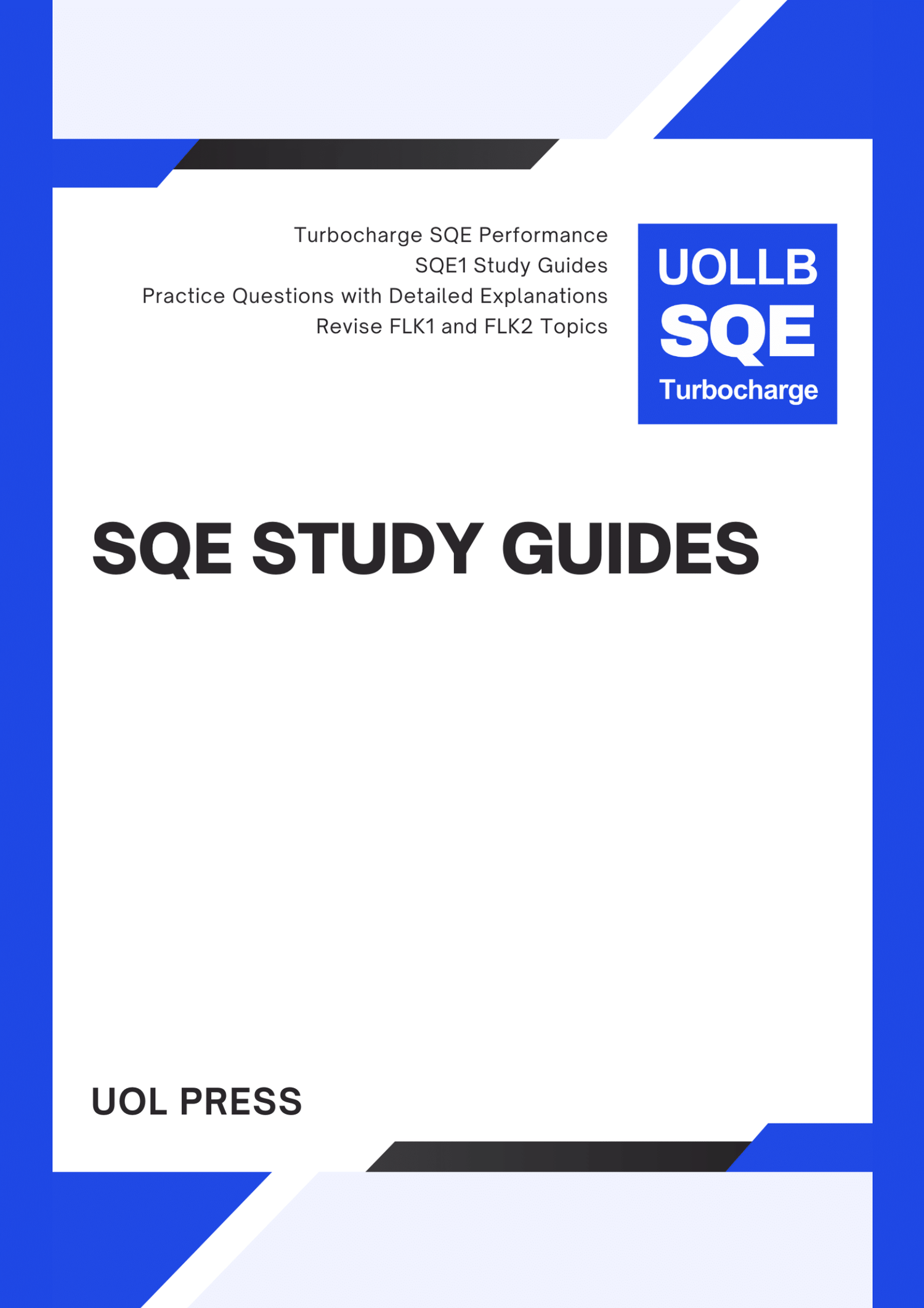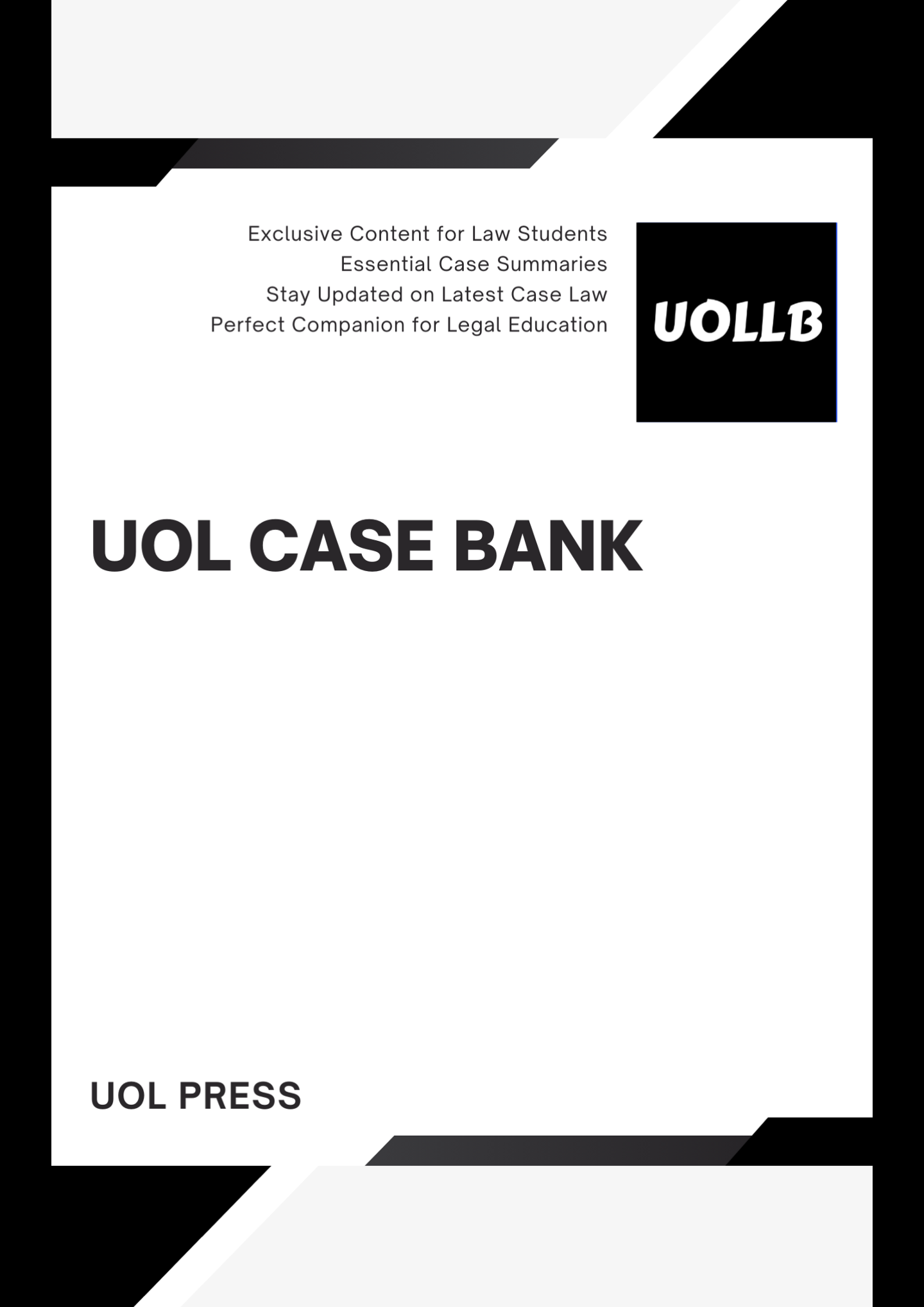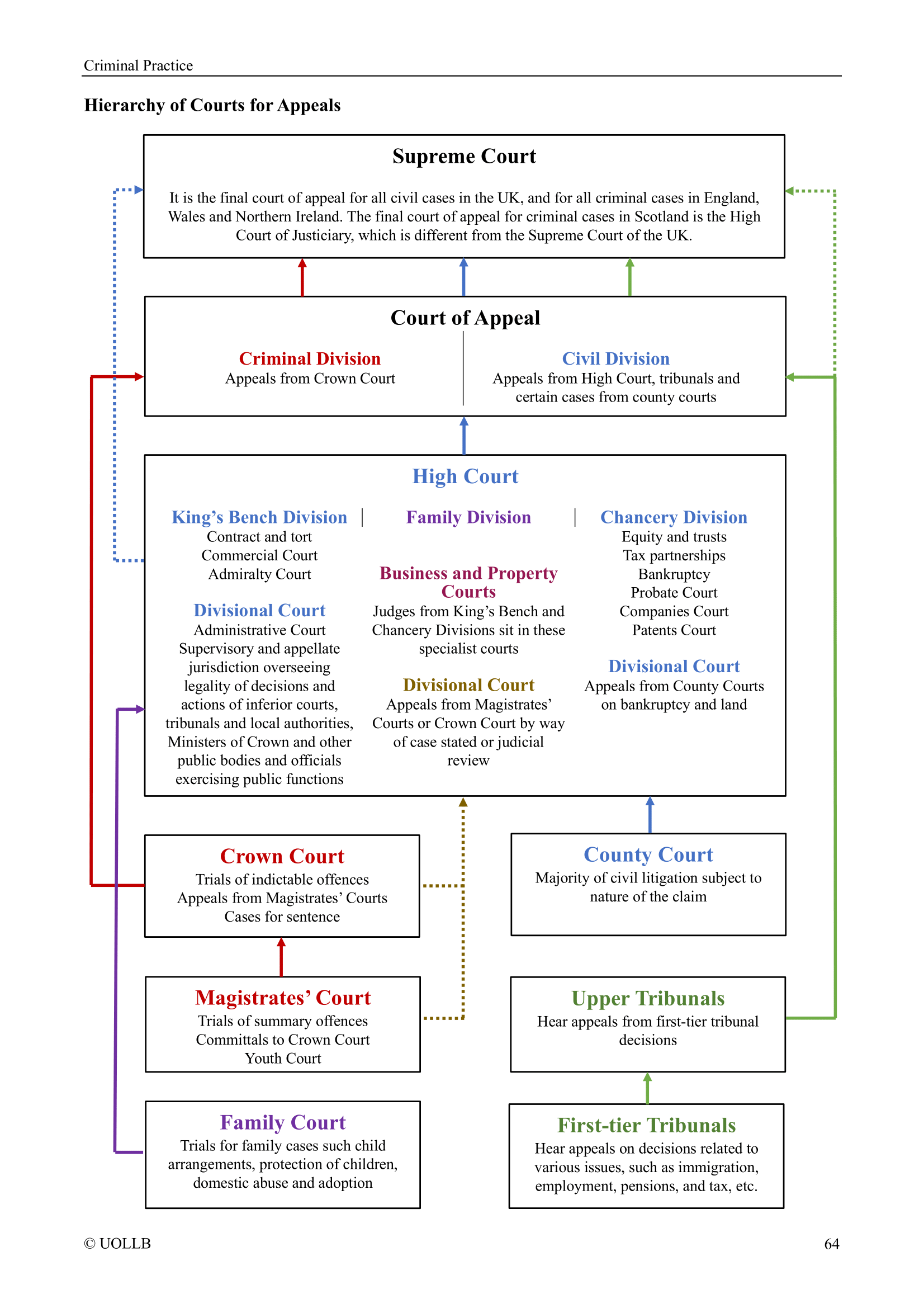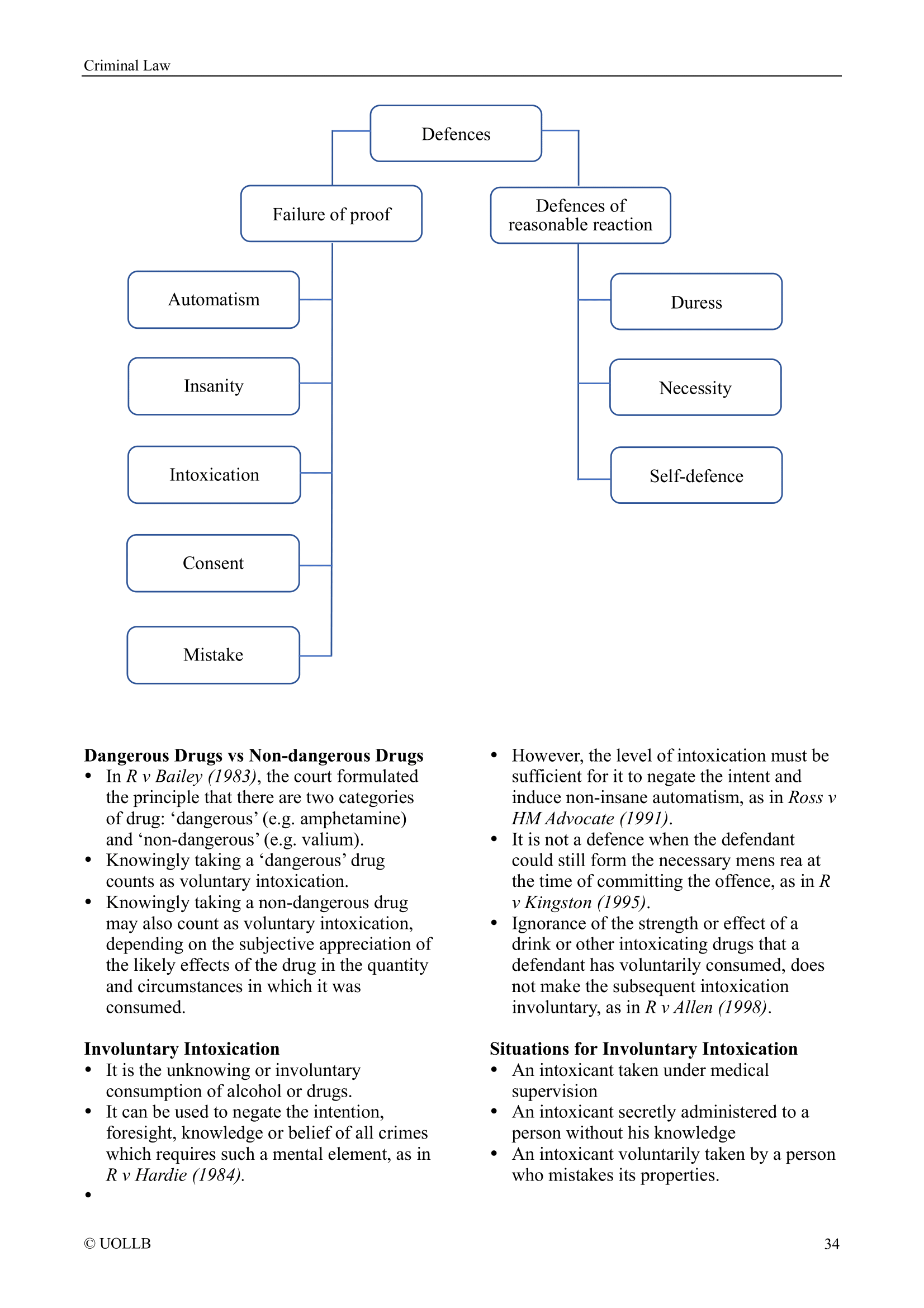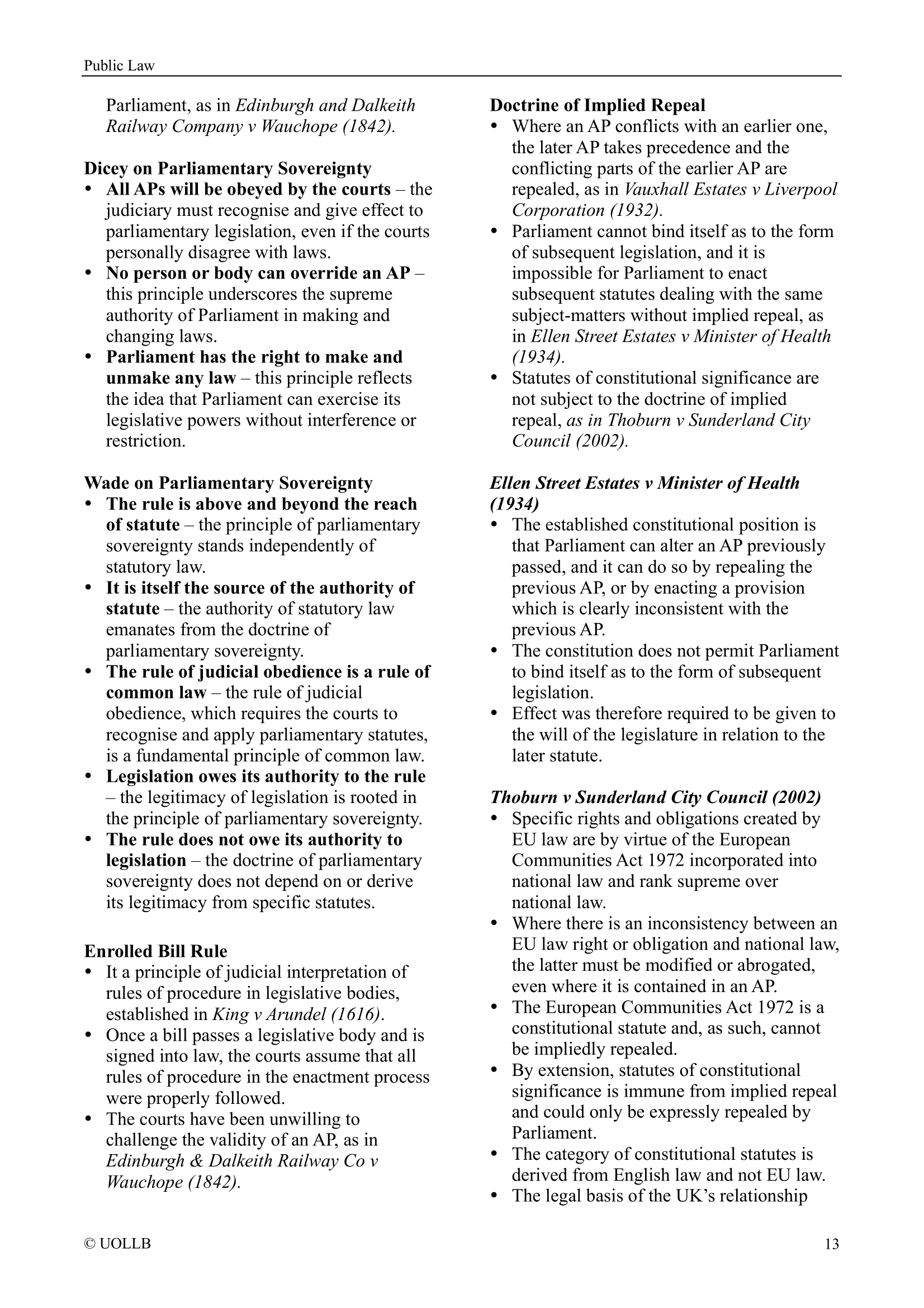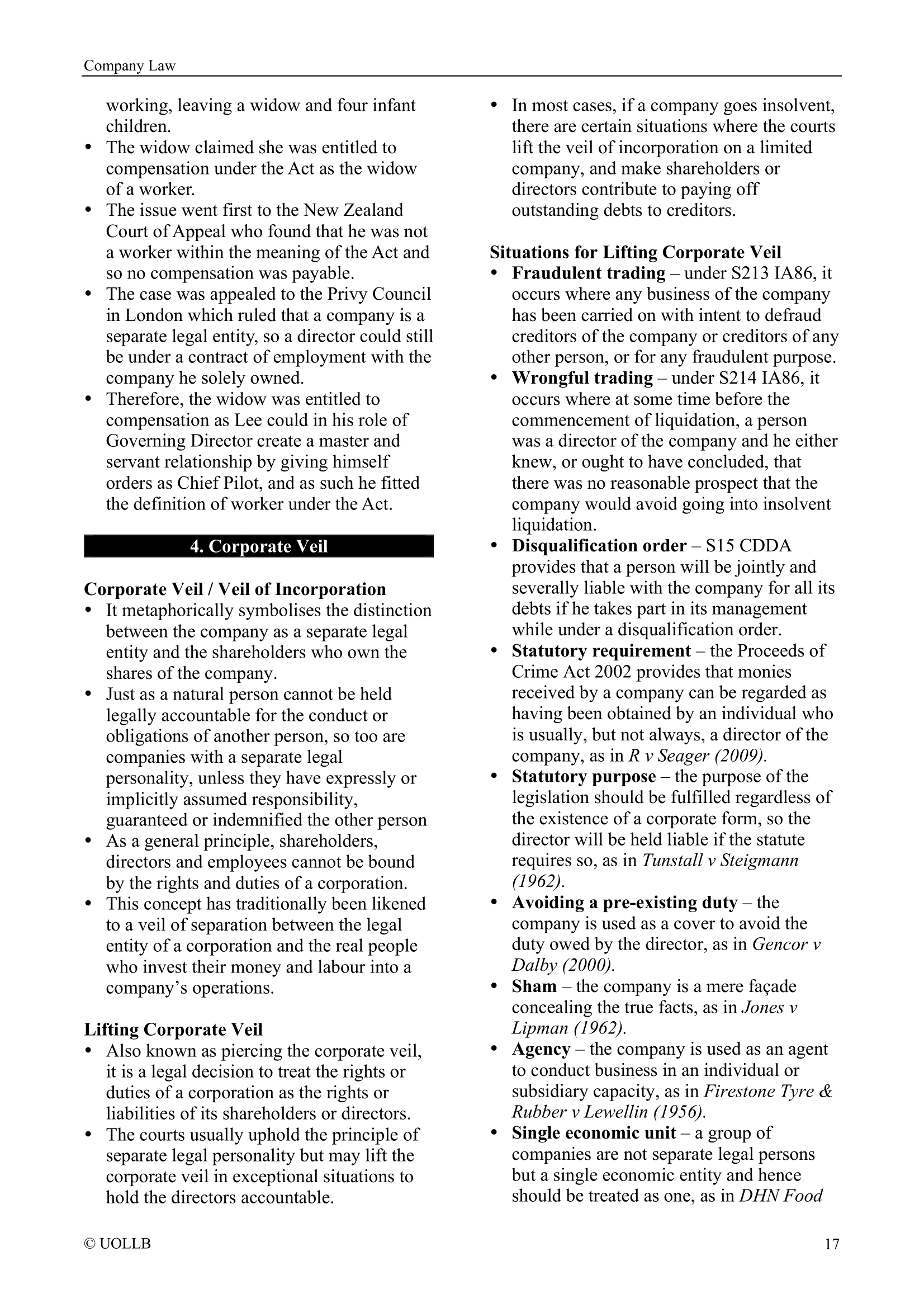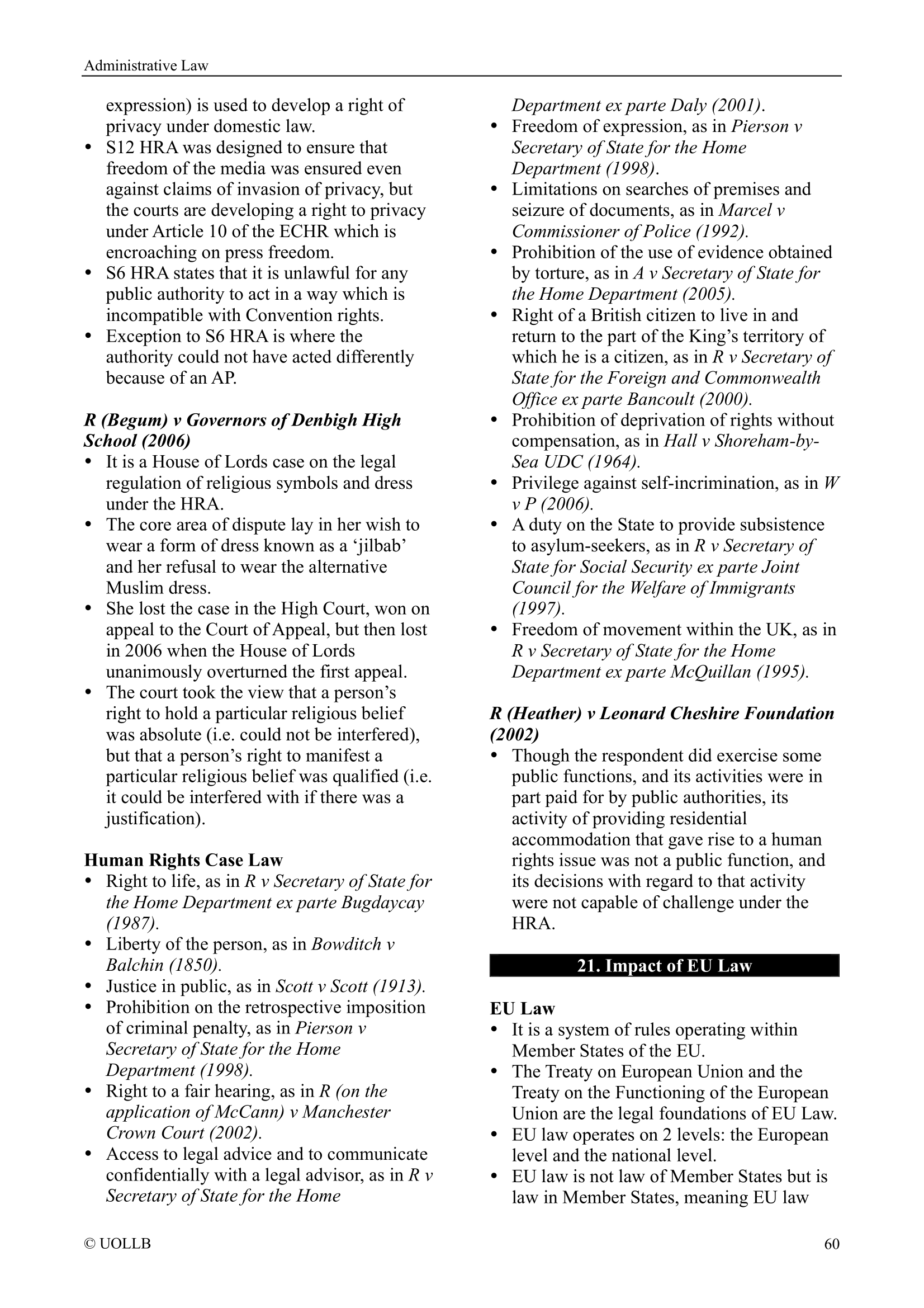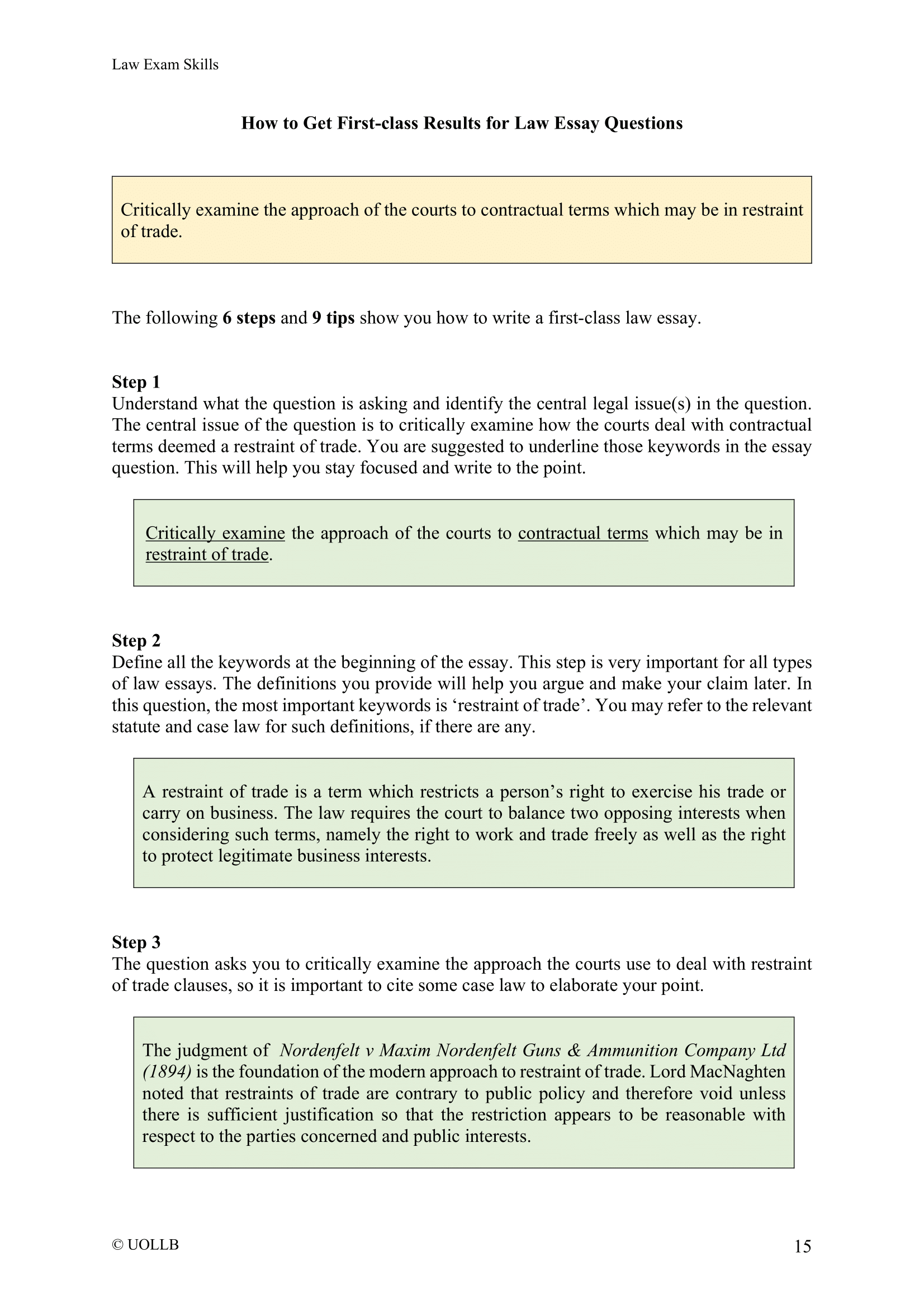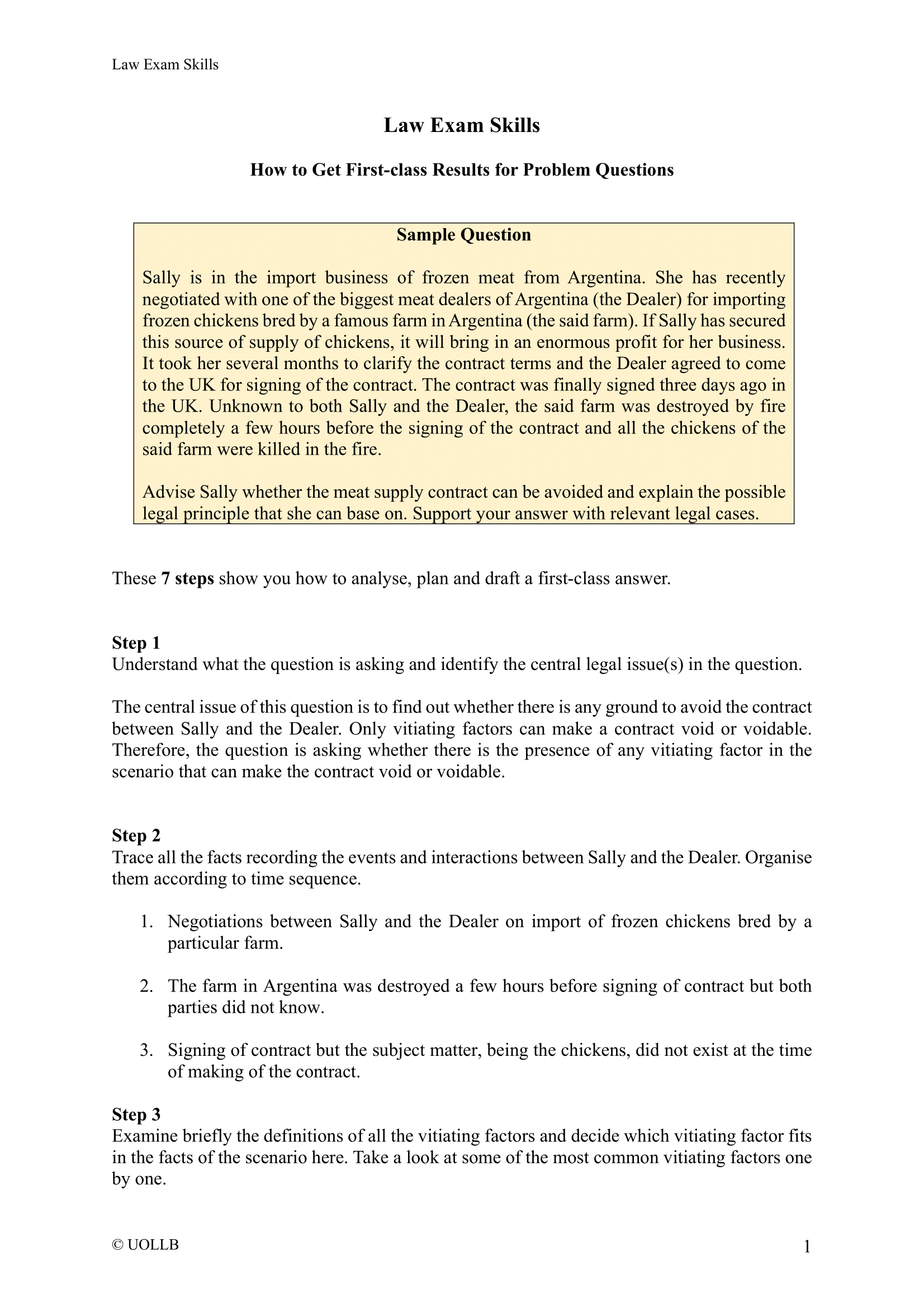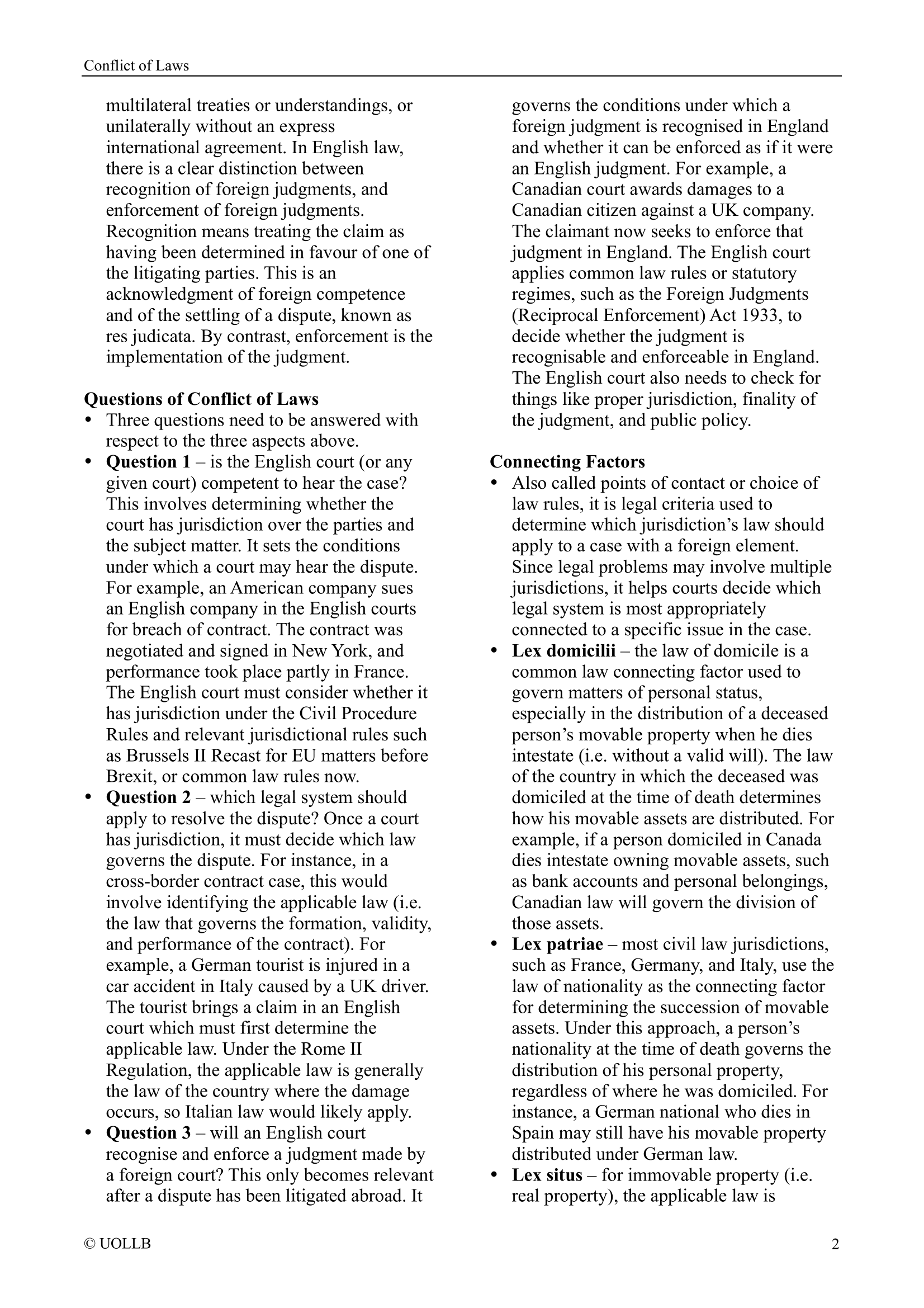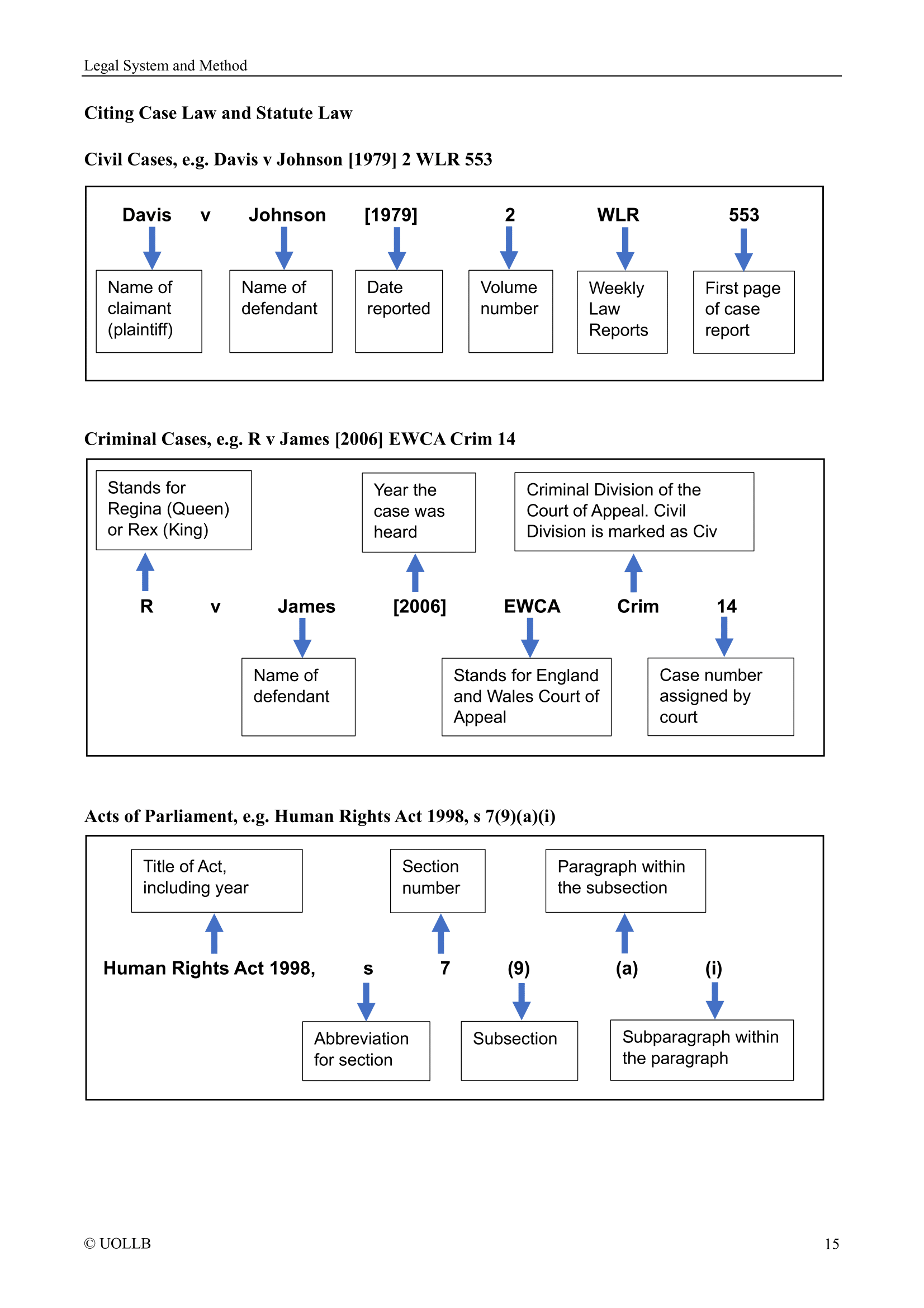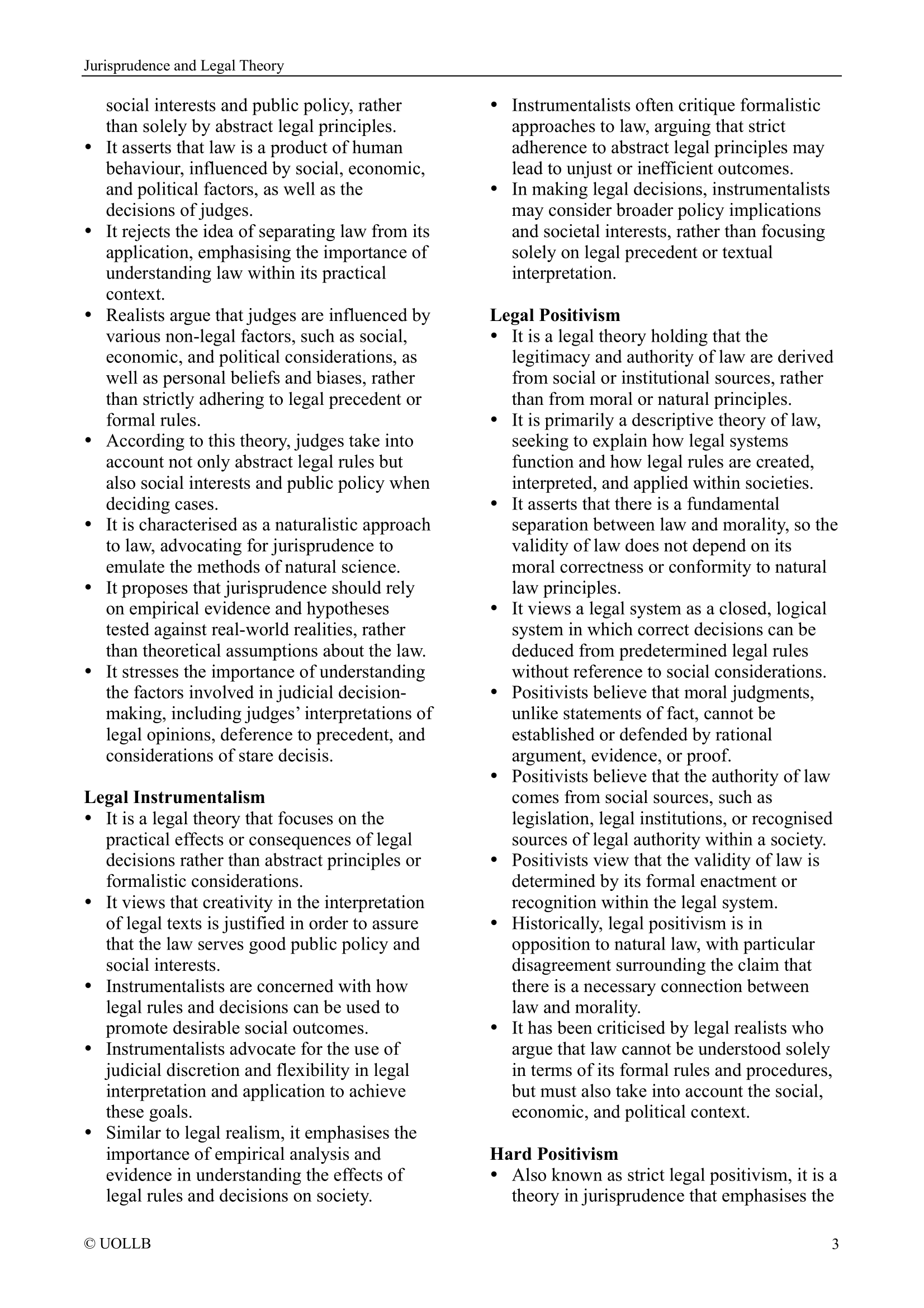Willers v Joyce (No 2) [2016]
Share
Willers v Joyce (No. 2) [2016] UKSC 44 is a pivotal authority on the doctrine of judicial precedent and clarifies the relationship between decisions of the Judicial Committee of the Privy Council (JCPC) and the binding case law of the English courts. The case involved the legal question of whether the tort of malicious prosecution extends to civil as well as criminal proceedings. The claimant sought to rely on a recent Privy Council decision (Crawford Adjusters v Sagicor), while the defendant relied on the House of Lords decision in Gregory v Portsmouth, which held the contrary.
While the High Court judge recognised the persuasive value of the Privy Council ruling, she concluded she was bound by the House of Lords’ earlier decision unless she could be satisfied that it was a “foregone conclusion” that the Supreme Court would adopt the Privy Council’s reasoning on appeal. However, the Supreme Court ultimately allowed the appeal and agreed with the Privy Council’s reasoning in Crawford, thereby recognising malicious prosecution of civil proceedings as a valid tort in English law.
More importantly, the Supreme Court used the opportunity to restate the legal status of Privy Council decisions. It ruled that lower courts, including the High Court and Court of Appeal, must not treat Privy Council decisions as binding when there is a conflicting decision from a court that is otherwise binding on them, such as the House of Lords or Supreme Court. Lord Neuberger emphasised that this is an absolute rule. A lower court cannot treat a Privy Council decision as binding even if it believes the Supreme Court would be likely to follow it. This clarified and overturned earlier judicial suggestions that a judge could follow a Privy Council decision over binding precedent where it seemed a “foregone conclusion” that the higher court would agree.
However, the Supreme Court also introduced a new procedural mechanism: if an appellant explicitly invites the Privy Council to depart from a binding precedent of the Supreme Court, House of Lords, or Court of Appeal, the Privy Council panel, typically made up of Supreme Court justices, may, if appropriate, issue a judgment that not only overrules the earlier binding decision but also expressly directs that the Privy Council’s decision is to be treated as representing the law of England and Wales. This ensures a structured and authoritative method for revisiting binding precedents while maintaining clarity in the doctrine of precedent.
This ruling is significant because it reinforces the hierarchy of precedent, ensuring certainty in the law and preventing lower courts from bypassing binding authorities based on speculation. It also preserves the persuasive authority of Privy Council decisions while establishing a mechanism for them to acquire binding status in domestic law through express direction. The case thereby strengthens the integrity of judicial precedent in England and Wales and ensures that any development or departure from established case law is properly channelled through the higher courts.
